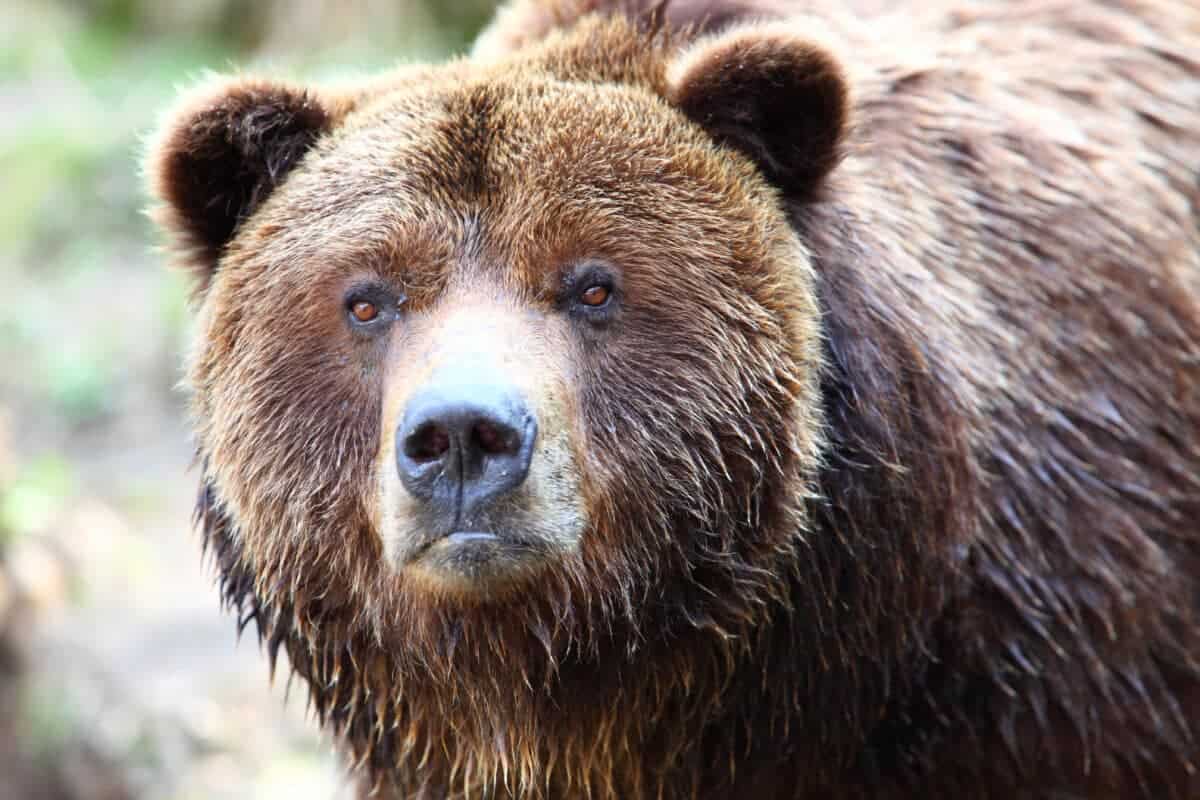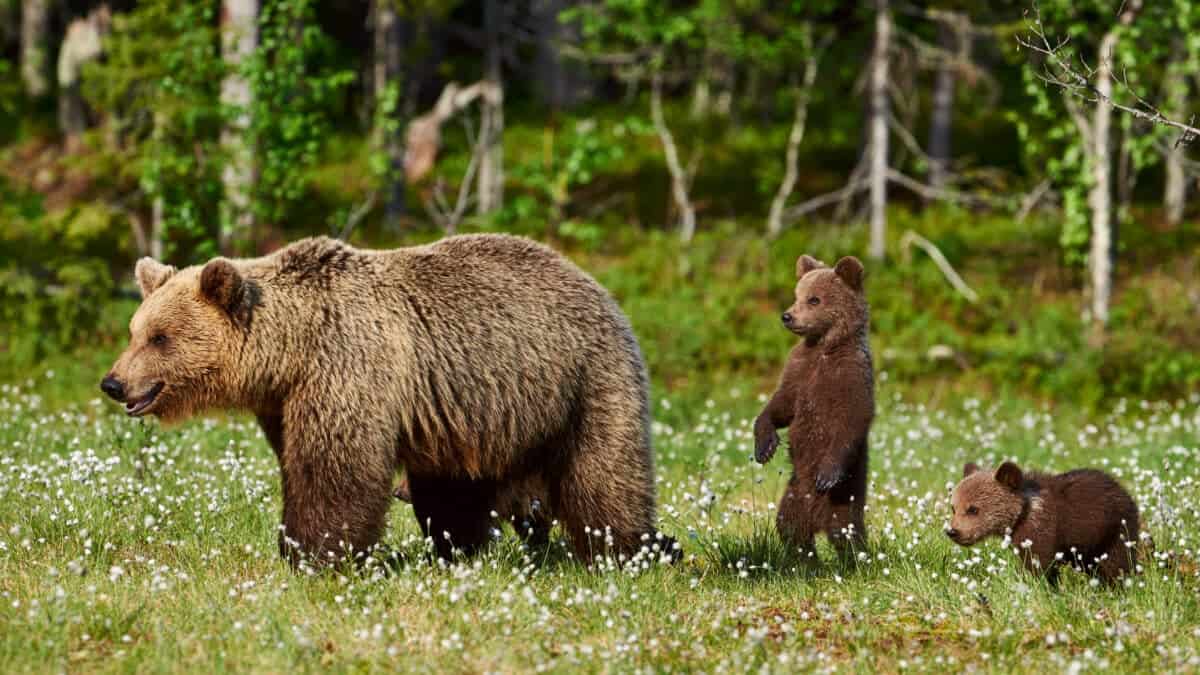As food sources diminish across Japans rivers and forests, bears are becoming desperate, leading to an unprecedented number of bear-related attacks. Along with six deaths recorded in 2023, 200 individuals have sustained near-death injuries since April, the most ever recorded.

During the build-up to winter, which officially began in December, a season where temperatures can range from 21.2 °F to -4°F, bears and other animals prepare for hibernation.
The goal is to store as much food as possible, in a bid to remain warm and ensure they can eat during a time where minimal food is available. Some animals, like squirrels, don’t leave their hallow tree for the entire winter, relying solely on their nuts to avoid starvation, while bears aim to eat as much as possible to conserve energy.

But for Japan’s wildlife, food shortages came earlier, triggering alarming results; human’s became some bears Plan B.
A Glimpse into the Diet of Desperate Bears
For these desperate bears, survival hinges on a diverse diet that includes berries, nuts, insects, and occasionally small mammals. However, the diminishing food sources have disrupted this delicate balance, forcing bears to venture closer to human settlements in search of sustenance. This change in behavior has contributed to the surge in bear-related incidents, as bears and humans find themselves in unwelcome proximity.

The Range of Bear Attacks Within Japan
Japan, with its stunning landscapes and diverse ecosystems, has always been home to a variety of wildlife, including the Asian black bear (Ursus thibetanus). These bears are primarily found in the mountainous regions of Honshu, Shikoku, and Kyushu. However, the recent increase in bear attacks has stretched beyond their typical habitats, reaching areas closer to urban centers, where encounters were once rare.
The rise in incidents has prompted authorities to reassess and enhance bear management strategies, considering the safety of both humans and bears. Efforts are underway to educate the public on coexisting with wildlife and implementing measures to mitigate the impact of food scarcity on bear behavior.

Population Pressures: Understanding the Bear Dilemma in Japan
The struggles faced by bears in Japan are indicative of broader ecological challenges. Human activities, including deforestation and habitat encroachment, have led to shrinking territories for wildlife. The Asian black bear, facing increased competition for resources and shrinking habitats, has been forced to adapt to survive.
The consequences of this adaptation are evident in the escalating number of bear-related incidents. As the human population expands and development encroaches further into natural habitats, it becomes imperative to strike a balance that safeguards both human communities and the diverse wildlife that calls Japan home.

Join our Forum for free today!

- Surprise! Phoenix Zoo Builds an Animal-Friendly Snowy Wonderland - July 25, 2024
- Brazilian Sharks Test Positive for Cocaine - July 25, 2024
- Insects are Dismantling Tunisia’s Crucial Prickly Pear Industry - July 24, 2024

